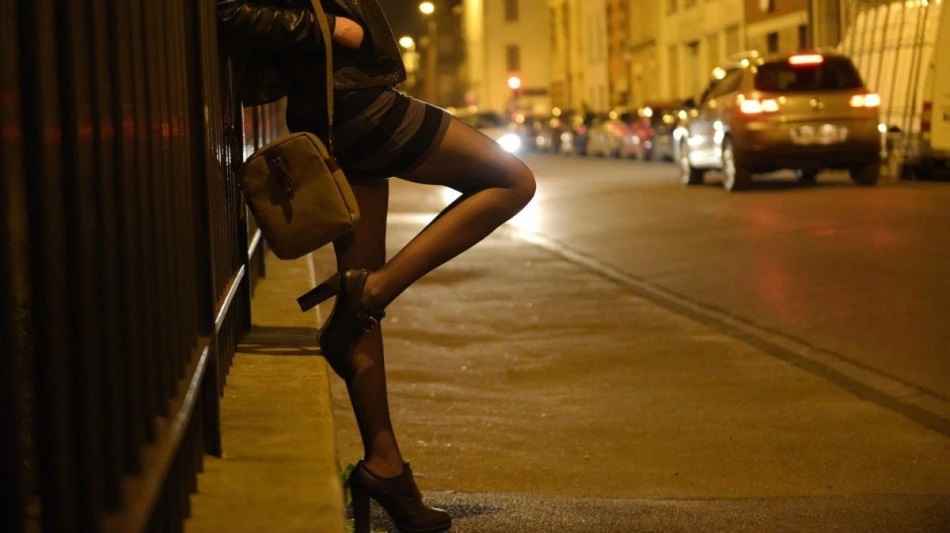The concept of brothels, often shrouded in secrecy and taboo, holds a rich tapestry of history that spans cultures, continents, and centuries. From the ancient civilizations to the modern era, brothels have evolved in their social, legal, and cultural contexts, reflecting changing societal norms and attitudes towards sexuality and morality. This blog post delves into the intricate history and evolution of brothels, exploring their origins, transformations, and the varying perceptions of these establishments over time.
Origins and Ancient Civilizations
The history of brothels dates back to the ancient civilizations of Mesopotamia, Greece, and Rome, where they were integrated into societal structures and often sanctioned by law. In ancient Mesopotamia, for instance, the practice of sacred prostitution within the temple complexes served not only a religious purpose but also acted as a form of brothel. Similarly, in ancient Greece, brothels were commonplace and varied from state-controlled establishments to privately owned enterprises. The Greeks saw sex as a natural urge that needed to be fulfilled, leading to a more open acceptance of brothels.
Ancient Rome further exemplified the institutionalization of brothels, known as “lupanars.” The Roman government regulated these establishments, imposing taxes and enforcing health checks on the sex workers. The existence of these regulated brothels highlights the pragmatic approach to prostitution in ancient Rome, acknowledging its inevitability and attempting to control its practice for public health and order.
The Middle Ages to the Renaissance: Shifts in Perception
The transition into the Middle Ages marked a significant shift in the perception and acceptance of brothels. With the rise of the Christian Church’s influence, sexual activities were increasingly viewed through a moralistic lens, leading to a dichotomy in the treatment of prostitution. On one hand, brothels continued to exist and were sometimes even run by local authorities or the church itself to control and limit the practice of prostitution to specific areas. On the other hand, the growing moral and religious condemnation led to periodic crackdowns and closures of such establishments.
During the Renaissance, some cities in Europe, like Venice, became famous for their courtesans, who were educated prostitutes that catered to the upper class. These courtesans operated in a gray area, not exactly brothels in the traditional sense but rather private houses where high society men would visit for both sexual and intellectual companionship.
Industrial Revolution to the 20th Century: Regulation and Prohibition
The Industrial Revolution brought significant changes to the structure of society and, consequently, to the operation of brothels. Urbanization and the increasing anonymity of city life led to a proliferation of brothels in many European and American cities. This period saw the rise of red-light districts, where brothels were concentrated and semi-tolerated by local authorities.
However, the late 19th and early 20th centuries witnessed a growing movement for moral reform and social purity, leading to stricter regulations and, in many places, the outright prohibition of brothels. The United States, for example, saw a wave of anti-prostitution campaigns that culminated in the closure of many red-light districts and the enactment of laws banning brothel-keeping.
The Modern Era: Legalization and Controversy
The latter half of the 20th century and the onset of the 21st have seen a diverse range of approaches to the regulation of brothels and prostitution. Countries like Germany, the Netherlands, and Australia have legalized and regulated brothels, arguing that this approach protects sex workers and reduces crime. These legalized brothels are subject to regular inspections, health checks, and licensing requirements, aiming to ensure the safety and rights of both workers and clients.
Conversely, other countries have taken a more prohibitive stance, banning brothels outright in a bid to curb prostitution and associated criminal activities. This has led to an ongoing debate about the best approach to manage prostitution, with arguments centered around public health, human rights, and moral considerations.
Conclusion
The history and evolution of brothels reflect broader societal shifts in attitudes towards sexuality, morality, and legality. From their ancient origins to their modern incarnations, brothels have continually adapted to the social, legal, and economic landscapes of their times. Whether viewed through a lens of condemnation or acceptance, the existence of brothels and the sex work industry more broadly remains a complex and contentious issue, mirroring the ongoing struggle to balance personal freedoms with societal norms and values.
For those conducting academic or historical research on the subject, entering ‘brothels near me‘ into your search engine followed by ‘history’ or ‘evolution’ can help pinpoint local museums, exhibits, or archives that provide educational insights into the history and societal impacts of brothels.

